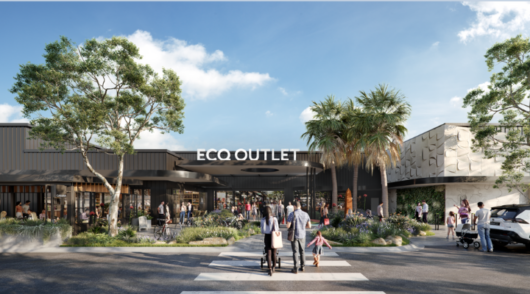Omnichannel retailing describes a type of retail system which allows for the engagement of customers via as many channels as are relevant based on the context and purpose of the retail business.
This of course already means the physical store, phone, online, mobile, and social channels, but new channels are constantly emerging due to market conditions, the customer’s goal and customer journeys are often hybrid.
Hybrid journeys mean that customers must be able to be tracked from one channel to the next via low friction and highly personalised experience. Enabling new channels, understanding the yield from each channel, and personalising the path for each customer no matter how many channels they choose to use to complete their purchase is challenging for retailers but there are even more complex challenges emerging.
Ecosystems are a model that brands will need to consider in order to manage costs, and more importantly, enable diverse revenues from their activities and assets. Ecosystems are omnichannel on both sides; meaning they are omnichannel for customers, suppliers and vendors, but also for third parties. Third parties may want to utilise some of the services that the retailer enables for their own business because these services are relevant to their businesses as well, and in many cases too expensive to enable independently – such as retail space, warehousing, distribution, logistics capability and the models that support specific modes of personalisation.
This model would suit retail brands because they often have excess capacity across the services that they enable to support the sales of their own products. A good example of this is automated warehouses, which can handle higher numbers of SKUs than an individual store has floor space to accommodate. The excess capacity can be utilised based on how the retailer chooses to maximise revenues.
The are several factors currently driving the transition to an omnichannel ecosystem:
- Acquisition costs are continuing to rise, and the complexity of the technology required to claim acquisition as an advantage is also increasing.
- There is rising inflation in the supply chain from a combination of factors.
- Disruptors will increasingly use the large numbers of assets and complex services required to run retail businesses against them – for example, they can intermediate the customer at the point of acquisition and then channel them back to retailers and clip the ticket.
By initiating an ecosystem model, retail businesses can enable three key strategies:
- Cost reduction, because they are able to amortise some of their operating costs across third parties who utilise excess capacity.
- Revenue diversity, so instead of just transactional revenue, retailers might enable subscription models based on reserving capacity or space.
- Blocking digital native competitors who might seek to intermediate at either the point of acquisition or via the delivery.
While the obvious example of omnichannel ecosystems is Amazon, you will also see it starting to mature for Walmart and other large retailers in the US. The most advanced users are currently video game developers, and you can identify this strategy also in the aspirations of Meta. The intention of these models is to build an entire connected environment. The retail equivalent of this are the stores and the supply chain which can be expanded by creating APIs which allow third parties to sell on various digital assets. In a video game, every time a player purchases a digital asset, which might take the form of a sword or a spaceship, the third-party developer who produced the asset takes a fee – but so does the environment builder. The overall success of the environment is derived from customer engagement, reduction of friction, and personalisation – which are the same factors that drive success for a retail environment.
To maximise the benefits of an ecosystem strategy, technology must be used to underpin the omnichannel interactions of all “customers” who interact in the ecosystem. This can be done incrementally by prioritising aspects of the retail system where there is high competition, high cost or high potential for vulnerability.
In order for retailers to take these types of ecosystem positions, they will need to utilise existing and emerging managed services to enable the segments of the ecosystem which are not aligned specifically to the core competency of the retail business. The key is keeping the word ‘ecosystem’ in mind when ordering the priorities for channel enablement.
If you are seeking an advantage in retail and want to have a spirited debate with someone who has enabled innovation and growth strategies for retailers around the globe, please contact Anthony Mittelmark at anthony.mittelmark@fujitsu.com.






